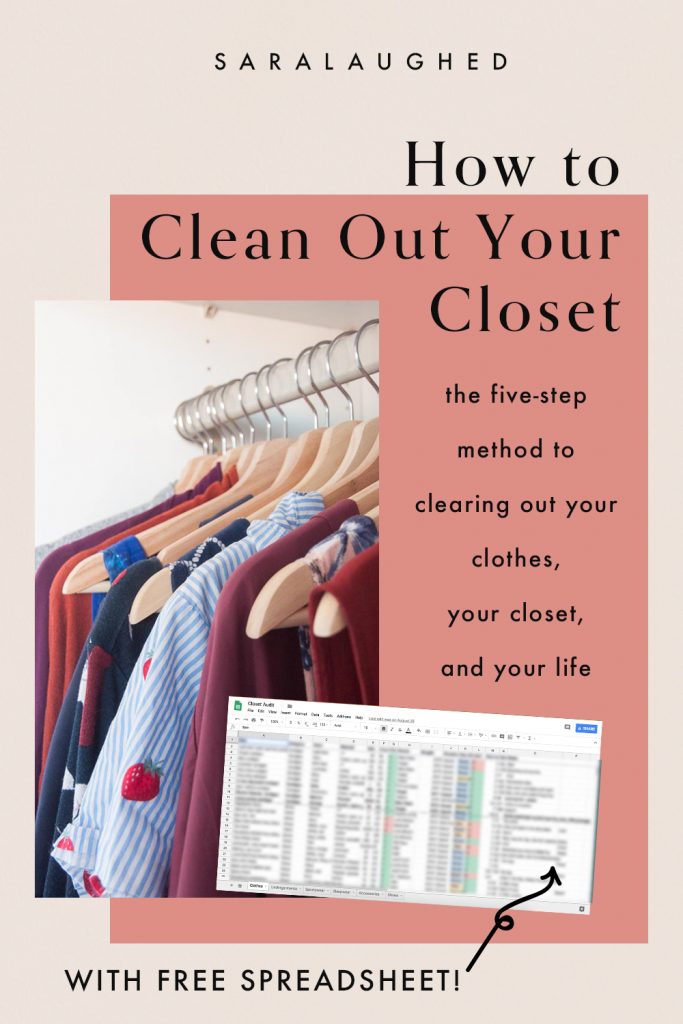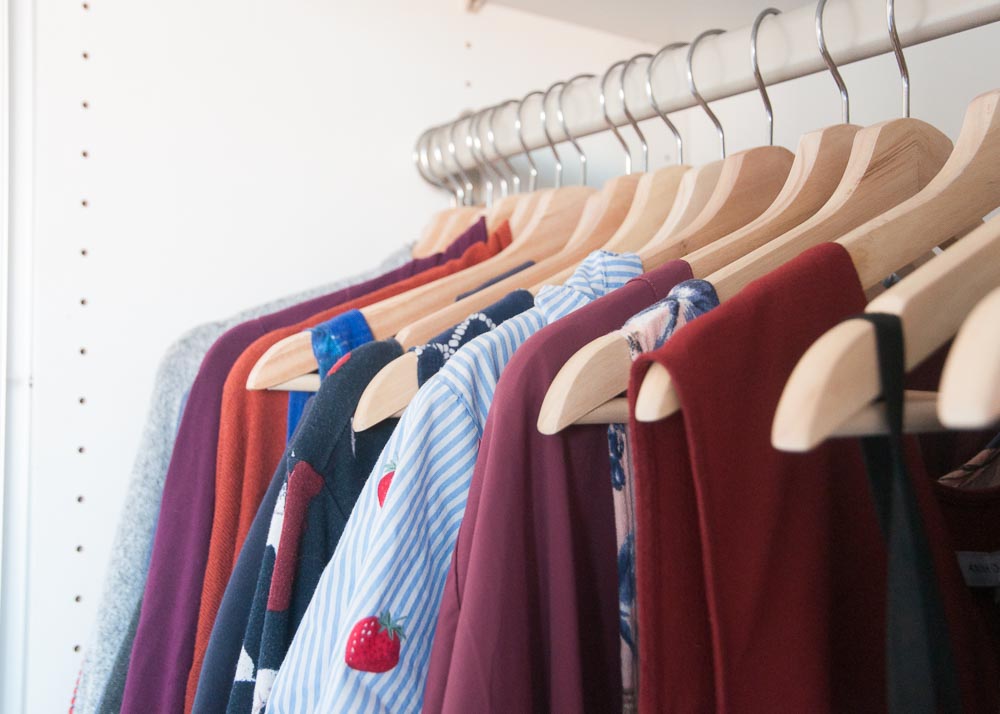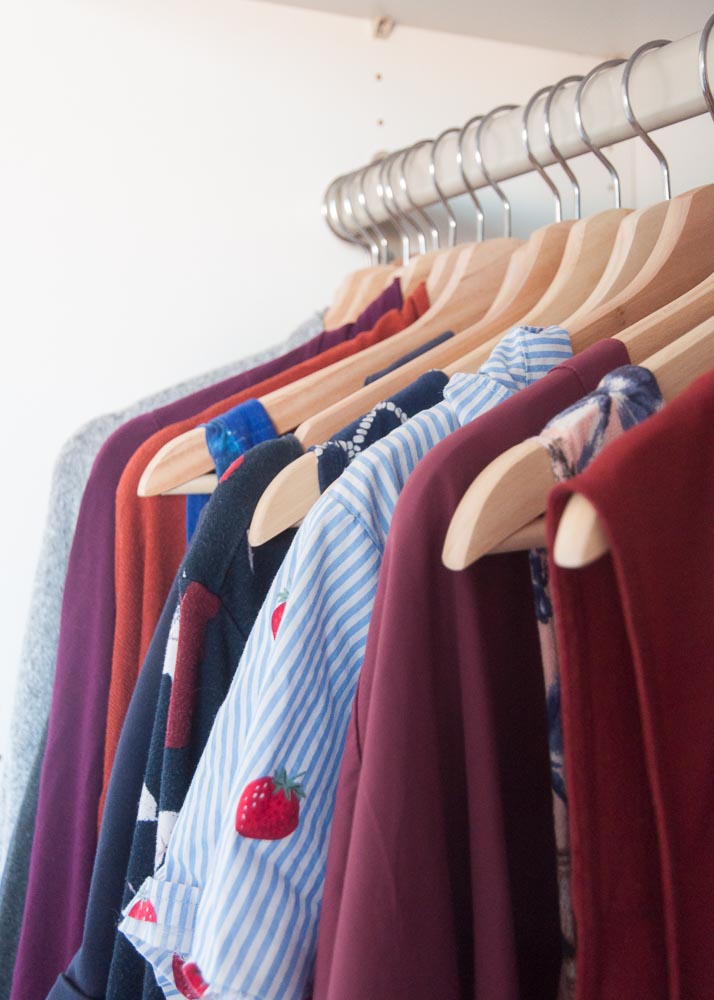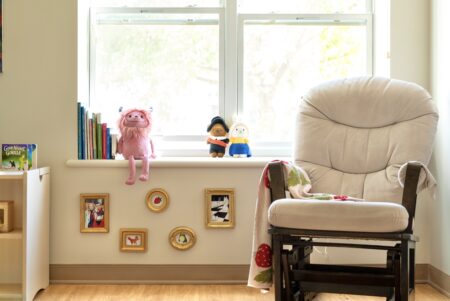Back in August, I realized I had a huge problem: my closet. I’m not talking about mess, or not finding anything to wear, or my clothes having stains and holes — I’m talking about all of the above. I had spent the last few years wearing clothes I didn’t love, that didn’t fit, and I hadn’t realized until I got my first job interview (read about the realization here). Now I was in a tight spot. I needed to address the problem, and fast. So I came up with the idea of a Closet Audit.

What is a Closet Audit?
I needed to reassess me closet so I could:
- Figure out which clothes I could get rid of,
- Figure out where the gaps in my remaining wardrobe were, and
- Figure out the best, fewest items that would help me fill the gaps (if I was getting rid of a ton of clothes, it didn’t make sense to buy a heap of new ones).
How I Did My Closet Audit
I started by asking myself the following questions, taken from The Curated Closet by Anuschka Rees, a book I’d bought two years earlier but never finished working through.
- On a scale of 1-10, how happy am I with my overall outfits?
- Describe my current style in 3 adjectives.
- What’s my favorite outfit and why?
- What’s my least favorite outfit and why?
- What is my main motivation for spending time on my style?
After answering these questions, I took all my clothes out of my wardrobe and dumped them on the bed. I needed to go through them all and figure out what could go and what could stay. Piece by piece, I assessed every item of clothing in my wardrobe and wrote down the item, size, condition, how much I liked it, and how it fit. By the time I got to the bottom of my closet, I found that the vast majority of my clothes were ill-fitting — more on that here.
What I Learned From My Closet Audit
By cataloguing all the clothed I had, I learned a whole lot. That included:
- I had 68 items of clothing, and only really loved 12 items in my closet. Of those 12, I only wore 5 often. That meant I wasn’t wearing 60% of my favorite clothes.
- I rarely or never wore 73% of my wardrobe (!!!).
- My most-owned colors were navy, blue, white, black, and maroon. I noted that these were all cool colors (not, like, hip. Cool-toned).
- In my closet of 67 items, 23 different sizes were listed on the label. If I converted each of these to one standard, there were still 6 sizes (@ fashion industry, standardize your sizes!).
- A shocking 58% of my closet was in disrepair, ranging from holes to bleach stains to being too short or too big.
- Compared to the average American woman, my closet was smaller (65% of the average woman’s closet size) and in worse condition (by 37%).
I ended up filling four bags of the clothing I wanted to get rid of. Rather than donating these, as they usually don’t end up with people in need but rather in landfills, I put them in storage to use for future sewing projects. On to the next stage of my closet makeover.
How to Do Your Own Closet Audit
Are you interested in doing your own Closet Audit? If so, follow these steps.
What you’ll need:
- A few hours of time to dedicate to this process (length depends on size of your closet)
- A document or notebook to write down what you notice
- A copy of this Google Spreadsheet (go to File –> Make a Copy)
Step 1: Establish a Baseline
Answer the following questions in a journal or computer document. Credit for these questions goes to Anuschka Rees; they are from her Curated Closet Workbook.
- On a scale of 1-10, how happy am I with my overall outfits?
- Describe my current style in 3 adjectives.
- What’s my favorite outfit and why?
- What’s my least favorite outfit and why?
- What is my main motivation for spending time on my style?
Step 2: Dump Out All Your Clothes
Take all your clothes out of your closet, laundry bin, dryer, and the floor (yes, also under the bed) and put them all in one place. I used by bed for this. If you want to sort through your coats, shoes, and accessories, you can put them on the pile, too.
Step 3: Start Noting in Your Worksheet
Make a copy of this Google Spreadsheet (go to File –> Make a Copy to make a copy). Start going through your clothes and accessories, marking each item with the size, how much you like it, and anything else you want to add about its fit or how much you use it. After you log an item, you can use the information you wrote down to decide whether or not to keep this item. Are you using it? Is it comfortable? Do you like it? If the answer to all is “yes,” put it back in the closet. If you have one or more no’s, put it in a “maybe” pile. This process may take a few hours, but what you gain at the end of the process is absolutely worth it.
Step 4: Reflect and Say Goodbye to Unwanted Items
When you’re done logging your items, you’ll have a decent amount of data about the clothes, colors, and kinds of items you wear most often. You’re probably also exhausted from this process. Don’t worry, this is the last step. Take stock of the “yes” clothes hanging in your closet. Do you have enough for the next few days? If not, add back some necessary items from your “maybe” pile. Then, put the rest in a box, bag, or plastic tub. You’ll decide what to get rid of, and how, at a later stage.
Congrats, you did it! Your next step is using the information and actions from today to make decisions about how to clear out your wardrobe. My next post will be about just that — how to clear out your closet mindfully and responsibly. Stay tuned!







omgomg!! this is exactly what i needed. my closet is an overflowing disaster…and I wear the same 20 outfits on loop! I’m so excited to tackle this today…can’t pass up the opportunity to use a spreadsheet : )